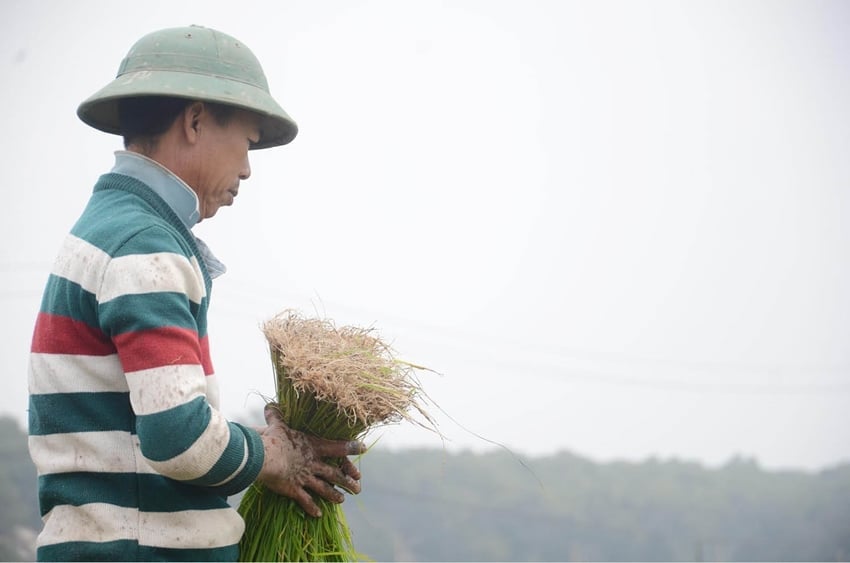 |
| Mr. Nguyen Manh Hung, Thuan An ward, Thuan Hoa district, bundles rice seedlings before planting. |
1. At the end of the year, when the reed flowers on both sides of the road from Dien Truong bridge to Thao Long dam (Duong No ward, Thuan Hoa district) are in full bloom, it is also the time when farmers along National Highway 49B stretching from Thuan An ward, Thuan Hoa district to Ngu Dien area, Phong Dien town are busy entering the new winter-spring crop season. The terrain characteristics of the countryside at the foot of Tam Giang lagoon are different, so the cultivation of rice here is somewhat more difficult.
During the rainy season, the winter-spring rice growing area in this area is often deeply flooded. They can only plant rice when the water level gradually decreases in the last days of the lunar year. To be in time for the crop, farmers must sow rice seedlings in high fields and wait until the water level in the deep fields is successfully drained before preparing the land for planting.
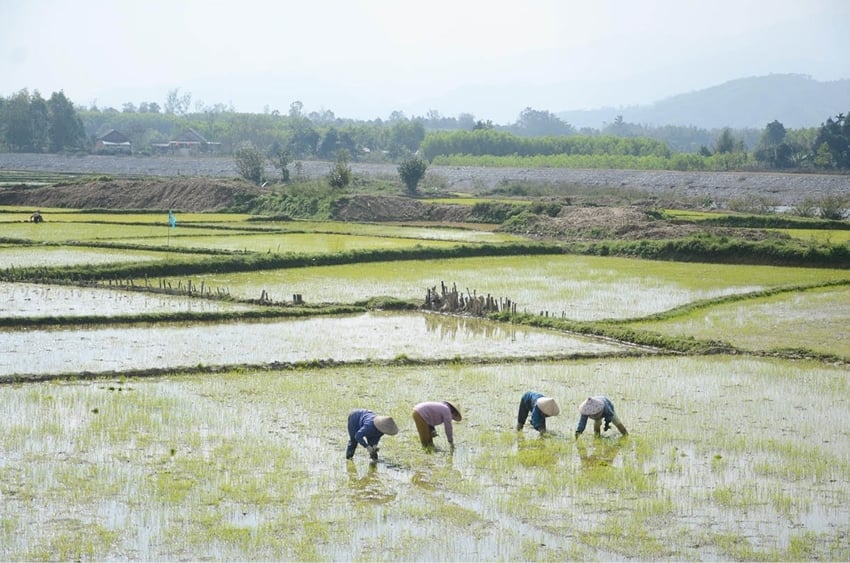 |
| A Luoi farmers replant in areas where rice was sown and died. |
Mr. Le Dinh Tuan, Quang Cong commune, Quang Dien district said that to have young rice seedlings, it takes about 1 month, from soaking the rice seeds, waiting for the seeds to germinate and then sowing the seedlings. The seedlings are sown in rows, with high density. After about 1 month, the young seedlings are almost 1 span high, the farmer starts to pull the seedlings to plant in deep fields. In years with favorable weather, rice planting will end before Lunar New Year. In years with long cold and rainy weather, many areas have to wait until after Tet to plant.
2. According to the people, partly because the fields are deep, the areas must be drained and planted at the same time; partly because of the cold and rainy weather, they must take advantage of the dry days to plant rice. Therefore, during this time, every household is busy, everyone in the family is mobilized to participate in the fields. Young people and old people pull up and bundle seedlings; those who cannot plant prepare the soil and transport seedlings from high fields to deep fields.
With her hands nimbly planting straight rows of rice, Ms. Nguyen Thi Vui, Thuan An ward, Thuan Hoa district, said that in her family, the people who plant rice are mainly women. On average, each person plants more than half a sao/day. Each person will be in charge of each lane. Each lane like that plants about 12 - 13 clusters, depending on the length of each person's arm. Each cluster is divided into about 10 seedlings. Depending on whether the water field is deep or shallow, the number of each cluster will change. If the water field is deep and the weather is cold, 1 - 2 more seedlings must be added to prevent the young seedlings from dying.
According to the locals, the countryside east of the lagoon does not have much agricultural land. However, to finish the planting, each household needs 4-5 labors. Therefore, the locals have a very good method of exchanging labor. Depending on the area, they calculate the number of people who can finish planting in 1 day. When one household finishes planting, they will move to another, and so on until all the households are finished. That is also the way the locals at the foot of Tam Giang lagoon have built close relationships in their daily lives for generations.
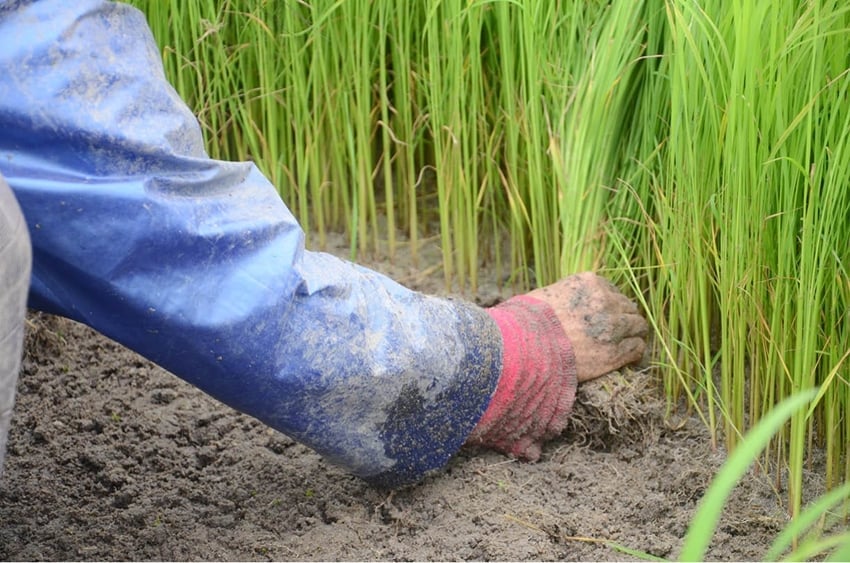 |
| Pulling out the seedlings requires enough force or the seedlings will break. |
Because the rice cultivation area was large in the past, many localities living on both sides of the lagoon had the job of planting rice for hire. In the past, when the harvest season came, many people from the villages on the other side of Tam Giang lagoon woke up early in the morning to catch the first ferry to the villages on the east bank of the lagoon to plant rice for hire. At noon, they only took the time to eat lunch, rest for about 30 minutes, then continue planting rice, and at around 4 pm, catch the last ferry to return home.
Ms. Nguyen Thi Vui shared that currently, there are still some people who work as hired laborers, but very few. This rice planting job is hard, having to bend over all day, making the back numb. It is cold, hands and feet are constantly soaked in water. Despite all the hard work, the current rice planting wage is 400,000 VND/day. Compared to some other jobs, it is not equal, so no one in the younger generation goes to plant rice anymore.
Taking advantage of the noon, Mr. Nguyen Manh Hung, Thuan An ward, Thuan Hoa district, pulled up rice seedlings so that in the afternoon, he and his wife could go to the deep rice fields to plant rice. While pulling up rice seedlings, Mr. Hung smiled and said that pulling up rice seedlings also requires technique. You have to use moderate force, otherwise the young seedlings will break. The seedlings are soaked in water to clean the dirt and then bundled together evenly.
“In Hai Duong commune, Hue city, now Thuan An ward, many areas are flooded with salt, so they mainly plant salt-resistant rice varieties. With salt-resistant rice varieties, the care is simpler than with regular varieties. Farmers just plant, the rice will grow naturally, without needing to fertilize or spray. The yield of salt-resistant rice is only half of other rice varieties, but the cost is double. The amount of seeds sown for planting is also much less. For regular rice varieties, to plant 1 sao, 7kg of rice seeds will be used, but with salt-resistant rice, only 2kg of rice seeds are needed,” Mr. Nguyen Manh Hung added.
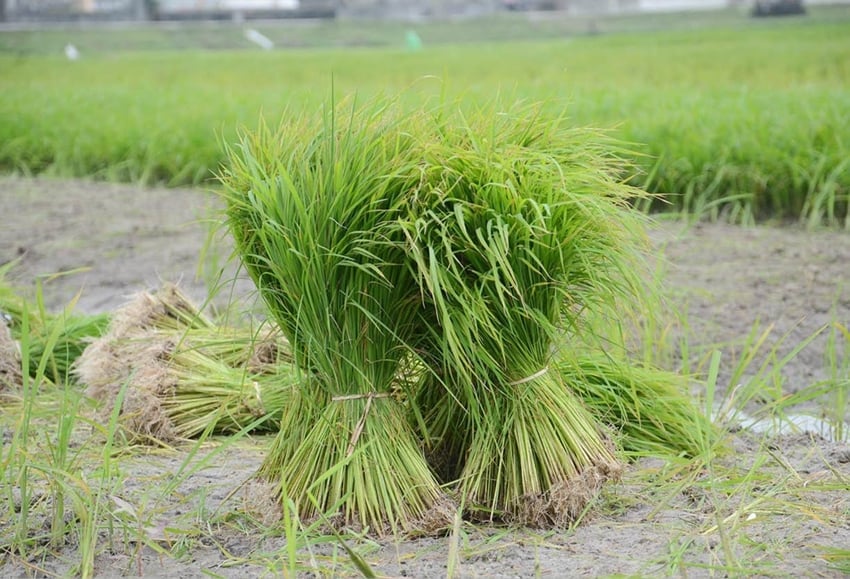 |
| The bundles of seedlings are pulled up to be transplanted into deep fields. |
3. Anyone who lives in the lagoon will find it hard to forget their childhood days. Me too, a child born and raised with the smell of rice plants. Even though I have been away from home for many years, I still cannot forget the aroma of rice, especially the smell of young rice seedlings, when it is harvest time and I have to go down to the fields to help pull out the seedlings. That is the aroma of rice grains that have not yet decomposed, the faint aroma of young rice shoots, the fresh air every morning going to the fields... All of these create the aroma of my homeland.
Each harvest season is full of hardships, but for the farmers at the foot of the lagoon, it brings with it much hope to open up a new future for their families, especially their children. From the bundles of seedlings, each row of rice planted is a lot of fragrant rice grains, nurturing the dreams of many people to grow up, study and become useful people for society.
After a while, returning to visit the hometown after many years of wandering, many deep rice fields have been converted to aquaculture. It turns out that many people have abandoned their fields in the past. Faced with this situation, the locality boldly converted to aquaculture, which brings higher economic efficiency. To ensure food, the high rice fields previously used to grow peanuts and sweet potatoes are now converted to rice by direct sowing instead of transplanting.
Mr. Ho Dinh, Head of the Department of Cultivation and Plant Protection of Hue City, said that currently, the area of rice grown by transplanting is decreasing. The application of scientific and technical advances and the drier weather at the end of the year have helped many areas switch to direct sowing. Farmers gradually switching to direct sowing helps increase economic efficiency, as they reduce a large amount of money spent on transplanting labor.
Machines are gradually replacing manual labor. Now, when I see deep rice fields that are no longer planted but instead sown directly, I feel happy for the farmers as rice cultivation has become less stressful. The images of mothers and sisters bending over to plant rice; the elderly and children calling each other to pull up seedlings... are gradually fading away but will forever be beautiful memories in every person born and raised in the countryside at the foot of the lagoon.
Source: https://huengaynay.vn/kinh-te/mui-ma-non-150860.html



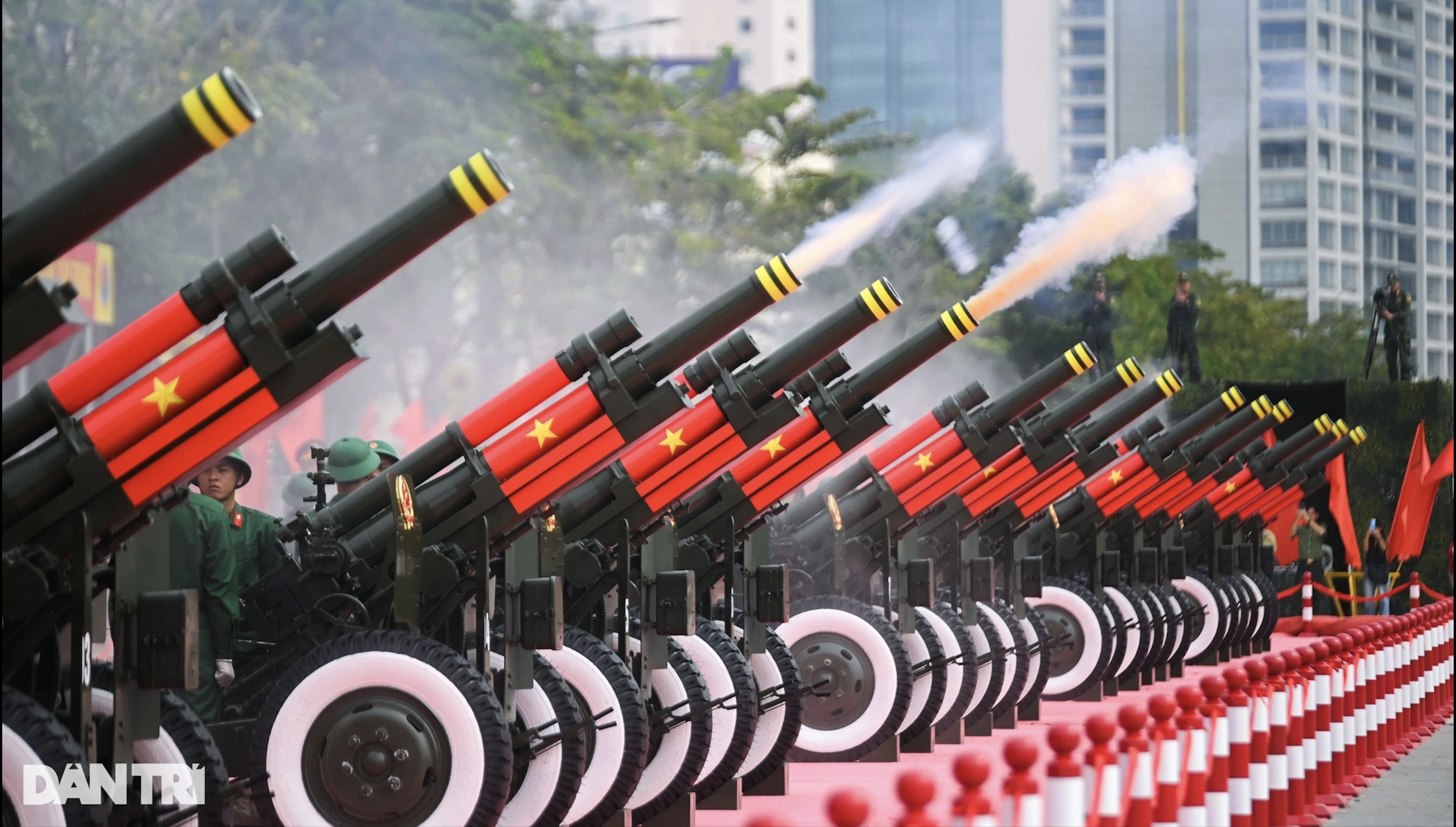

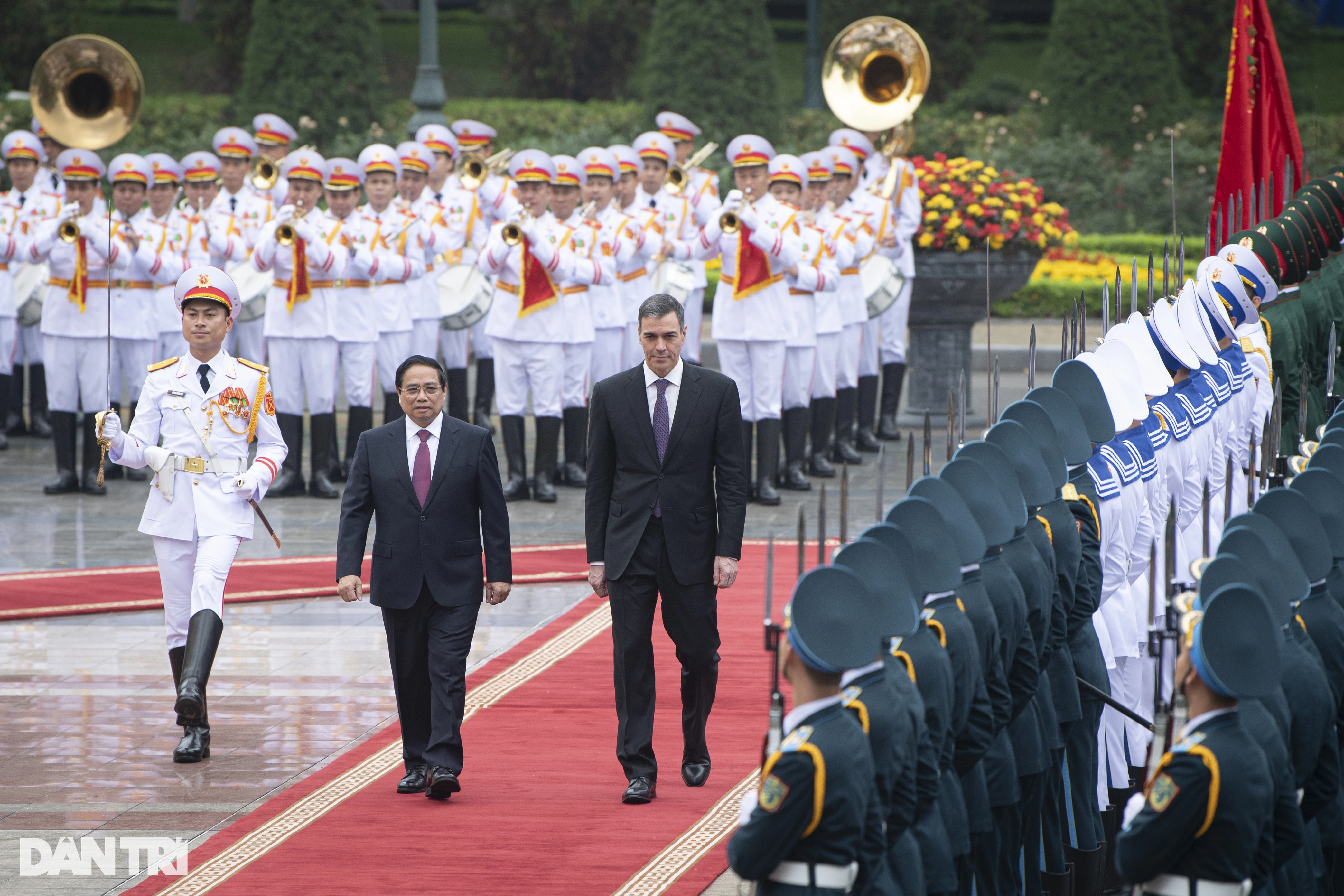


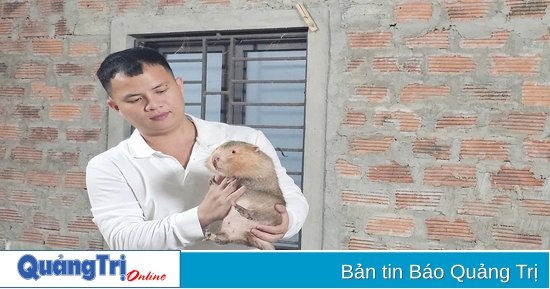
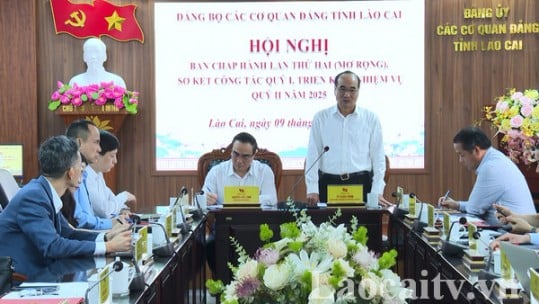
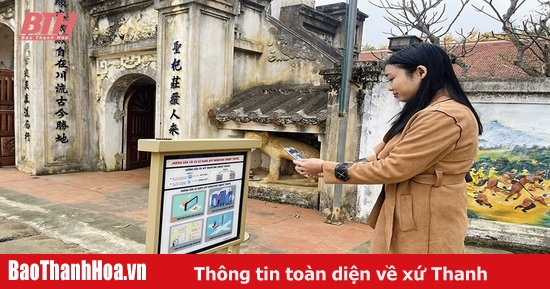

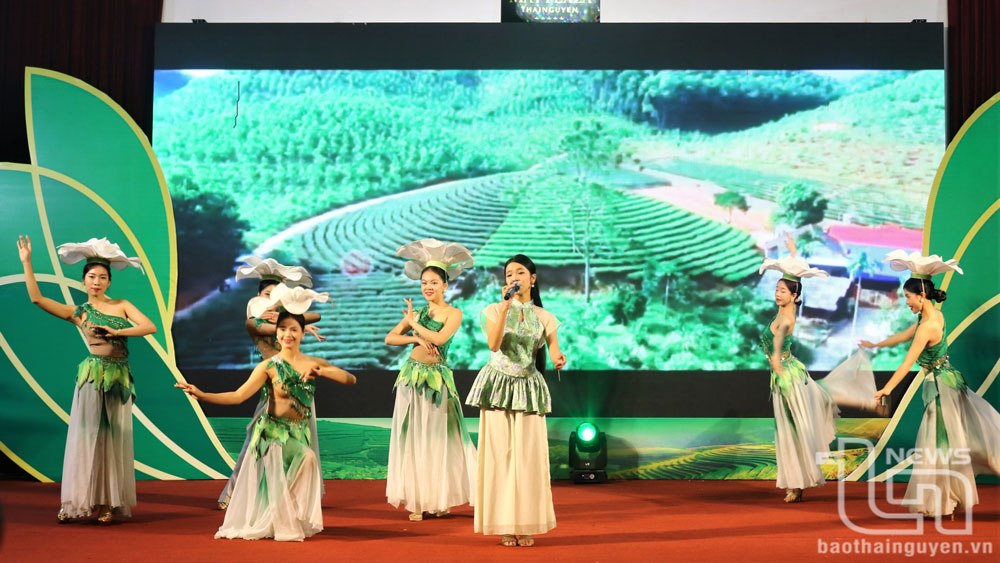
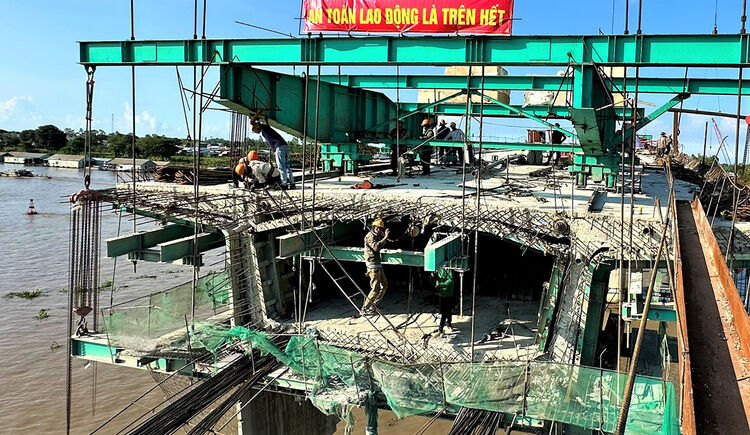

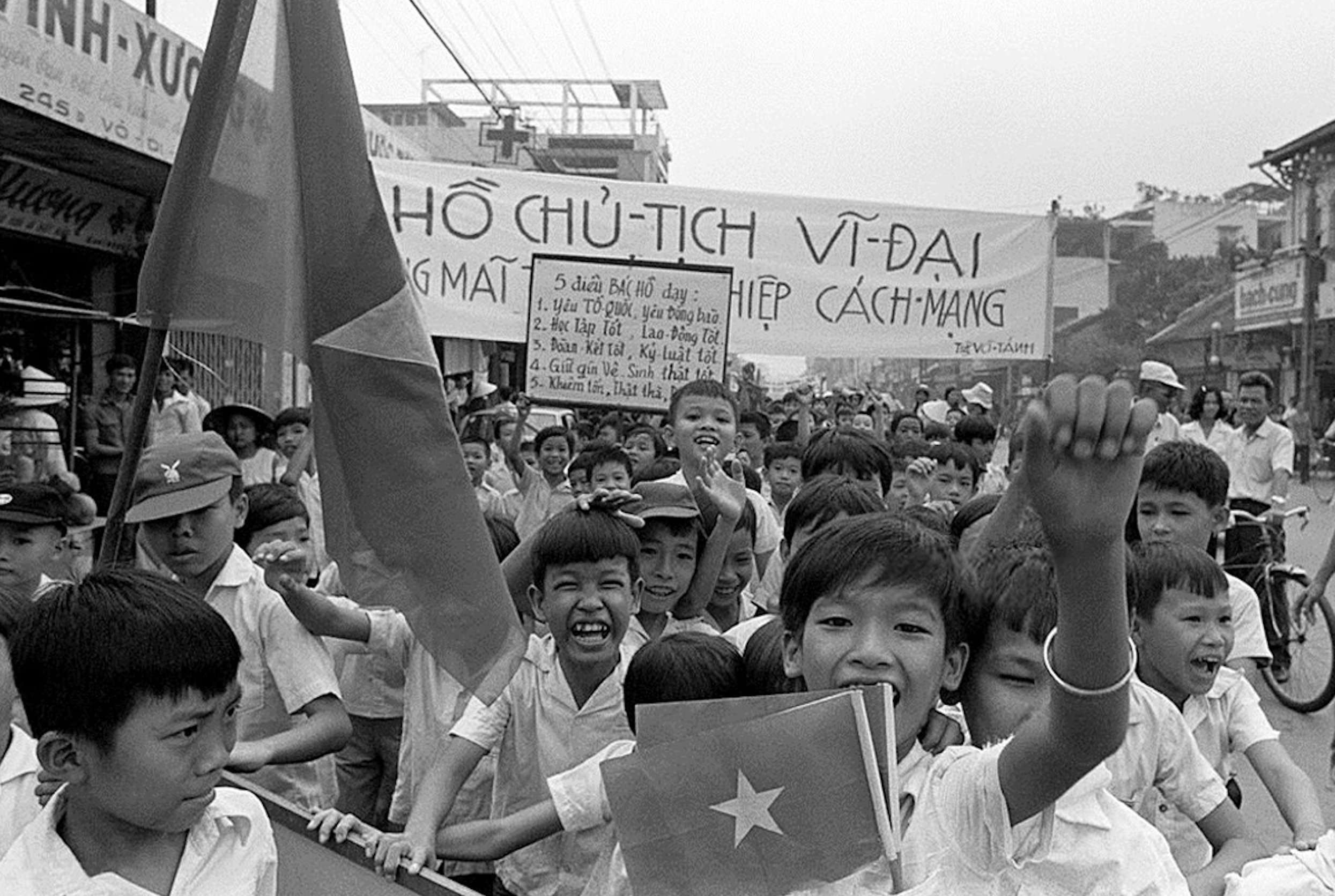
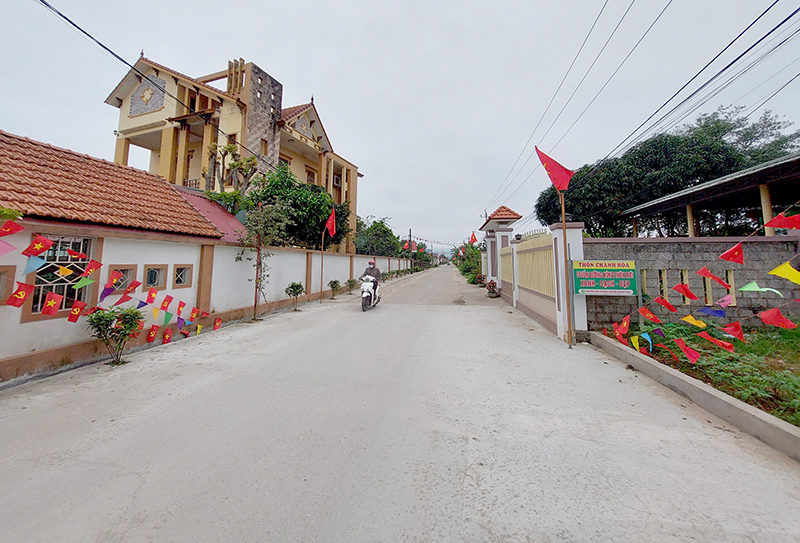
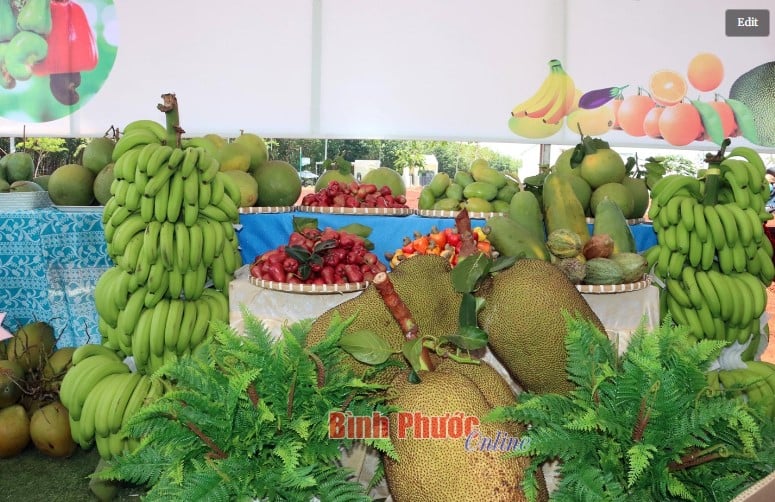
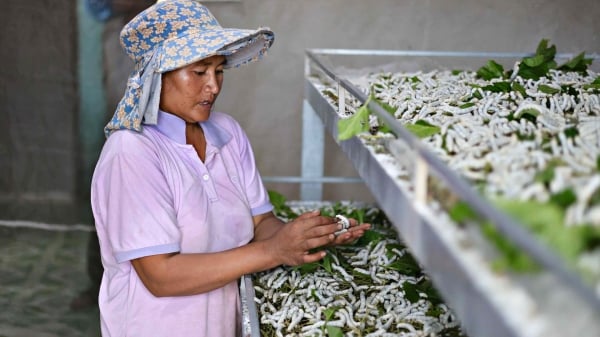

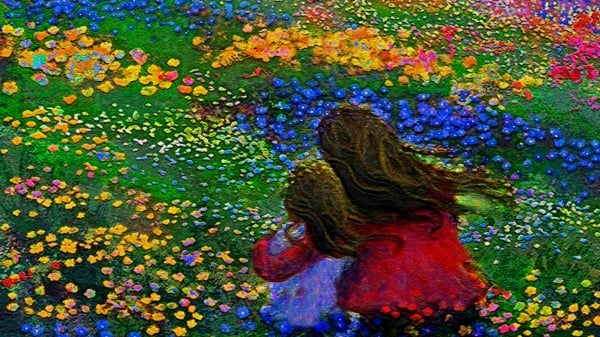
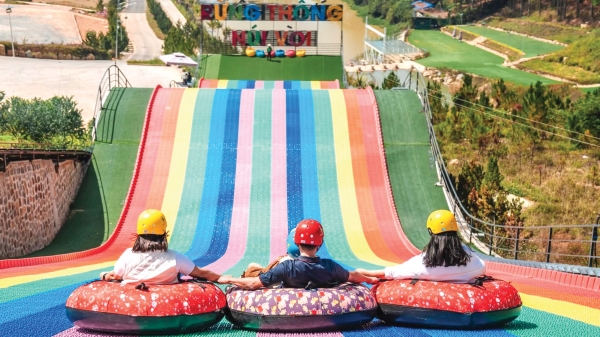
![[Photo] Visiting Cu Chi Tunnels - a heroic underground feat](https://vstatic.vietnam.vn/vietnam/resource/IMAGE/2025/4/8/06cb489403514b878768dd7262daba0b)
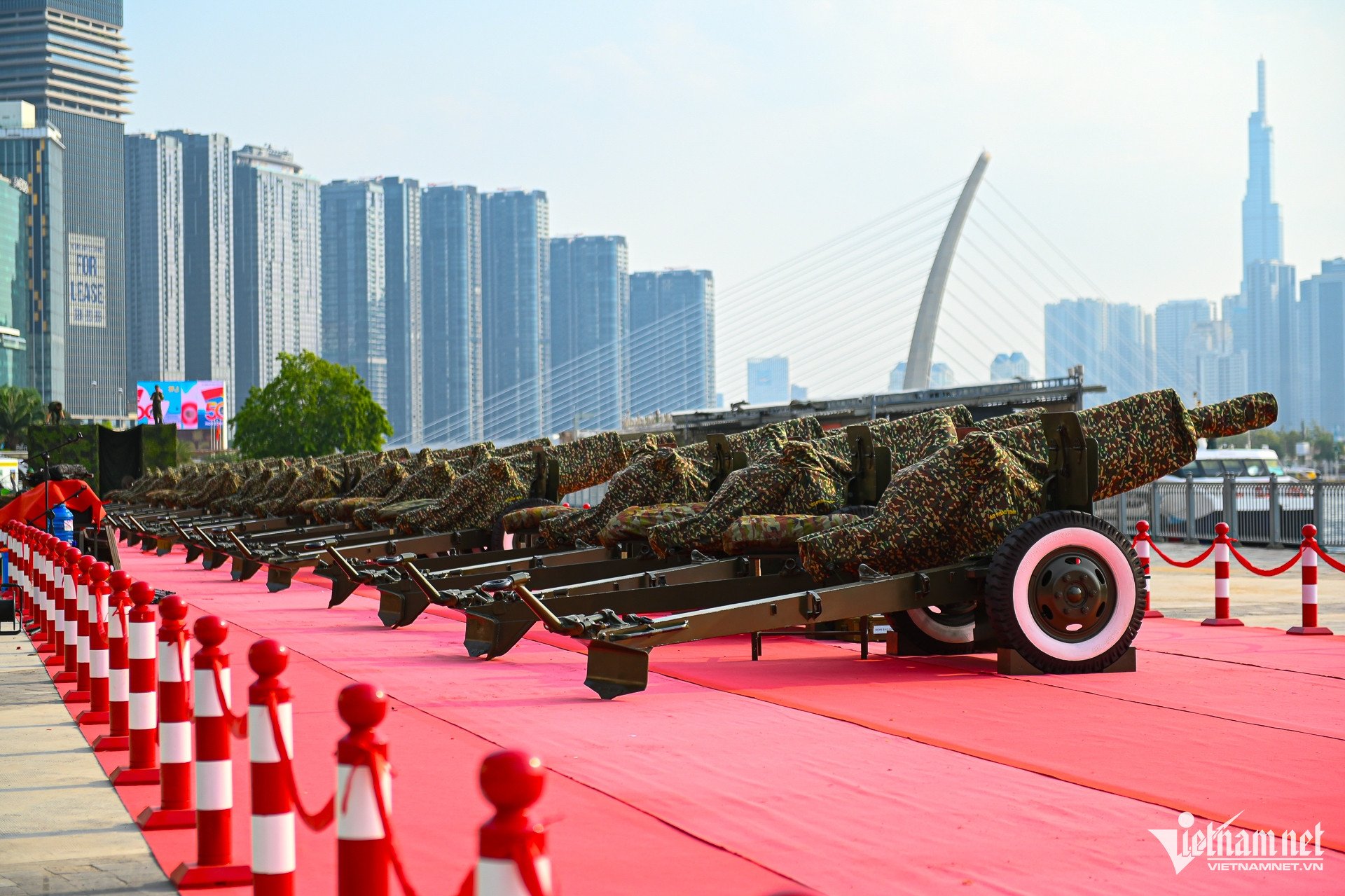
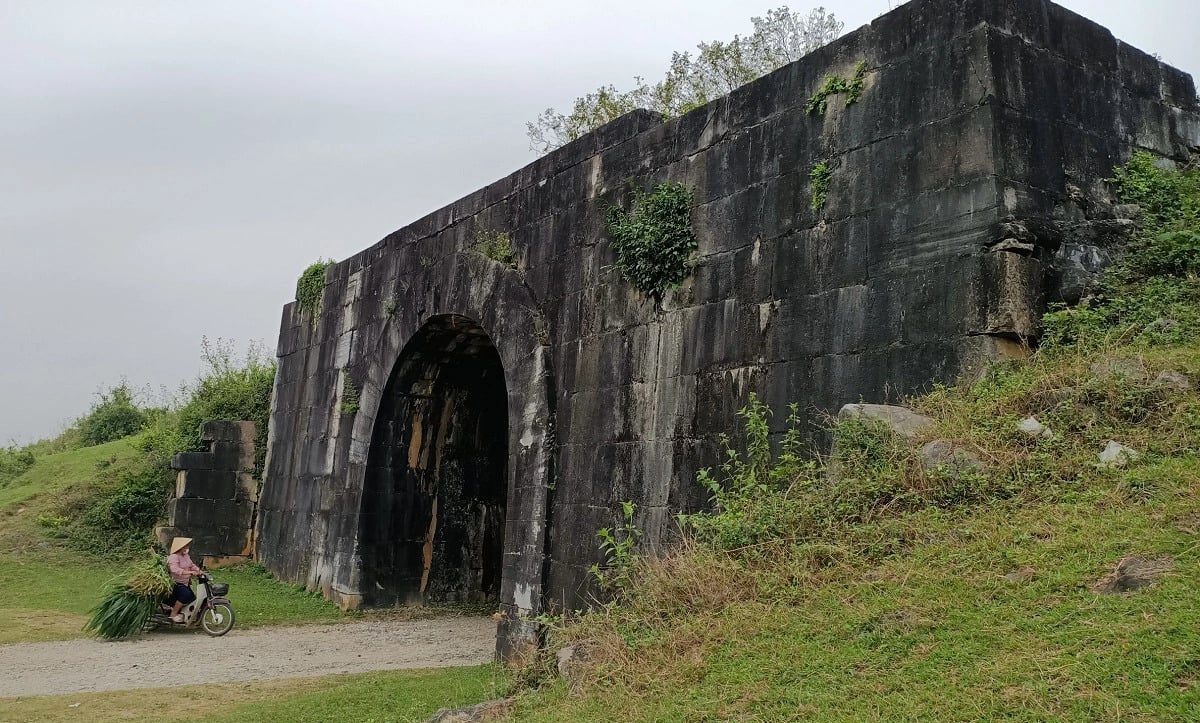

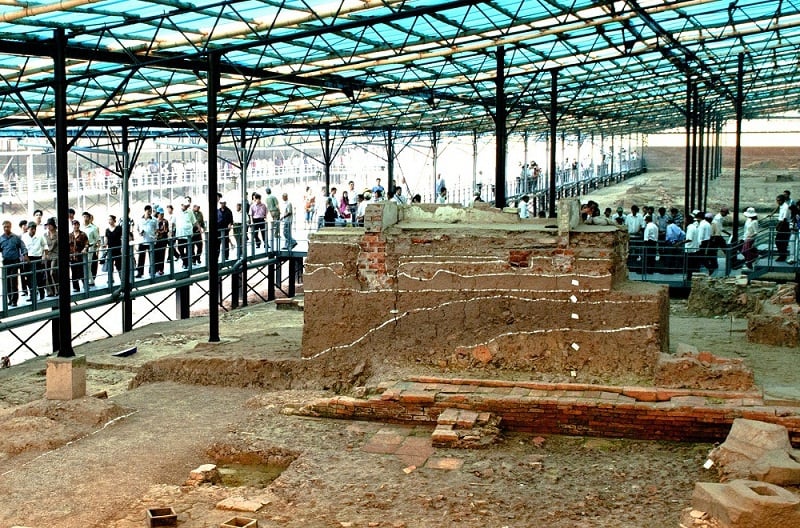

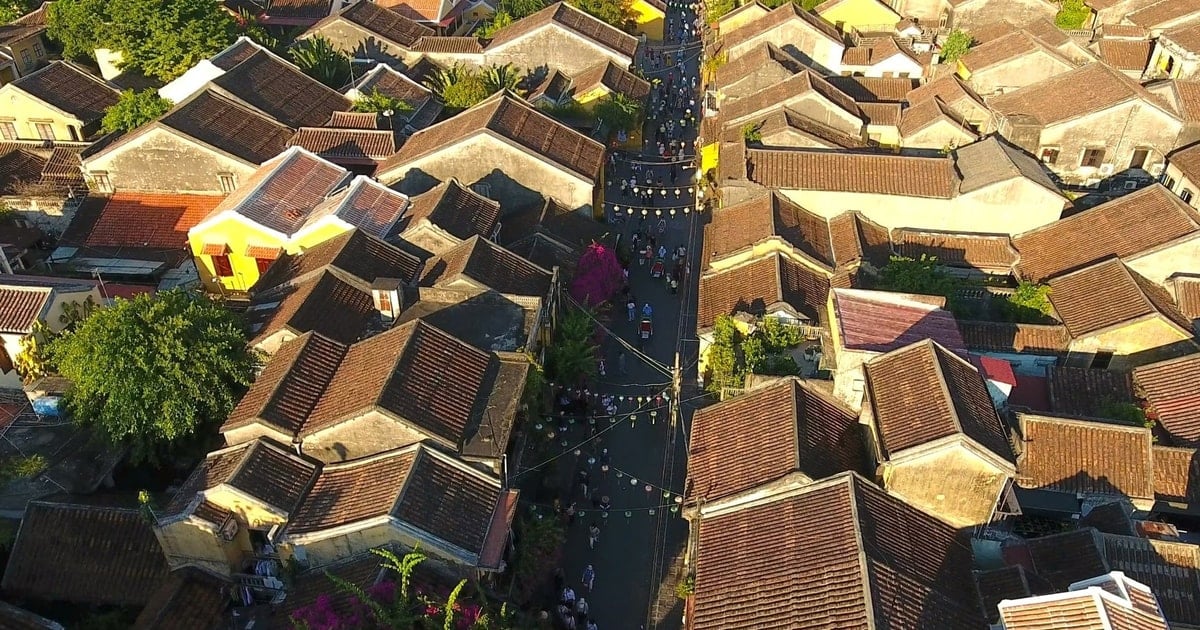
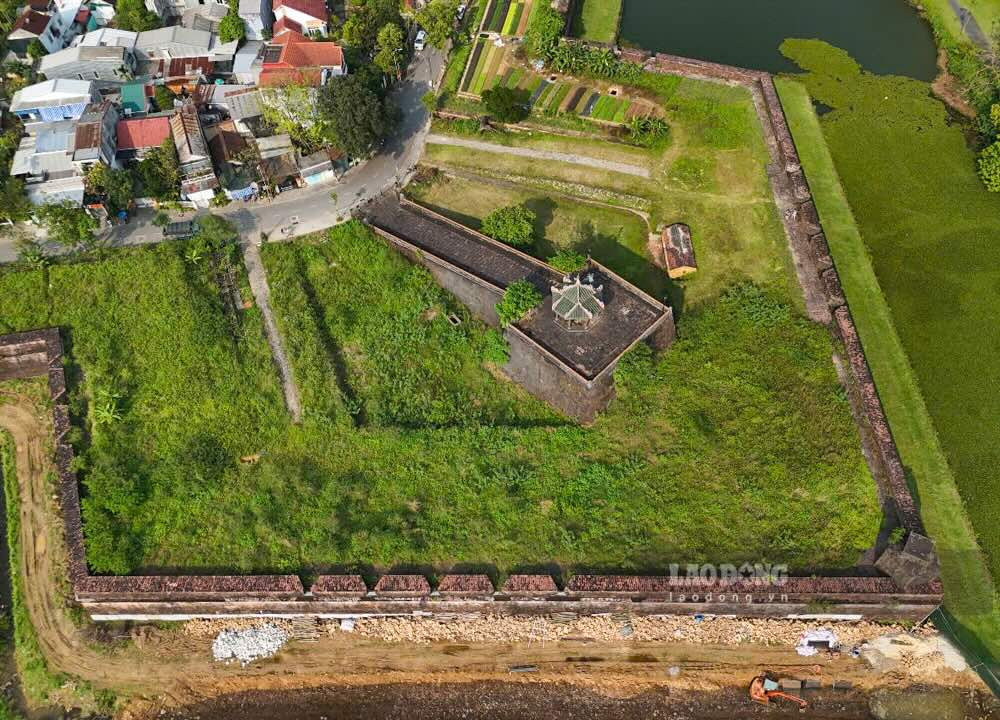

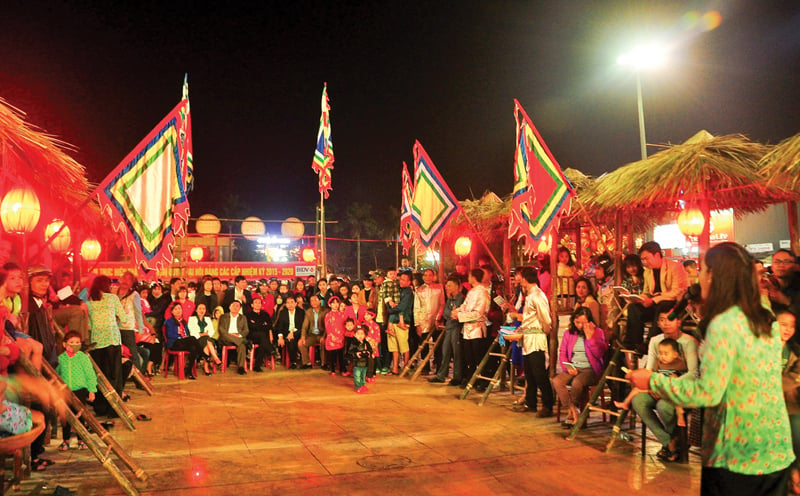

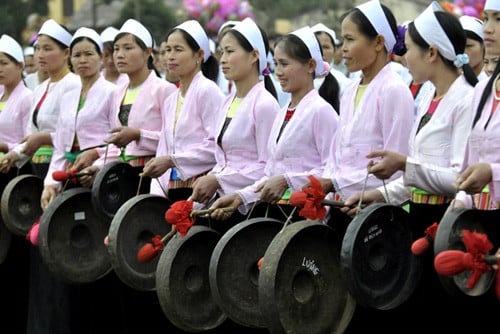

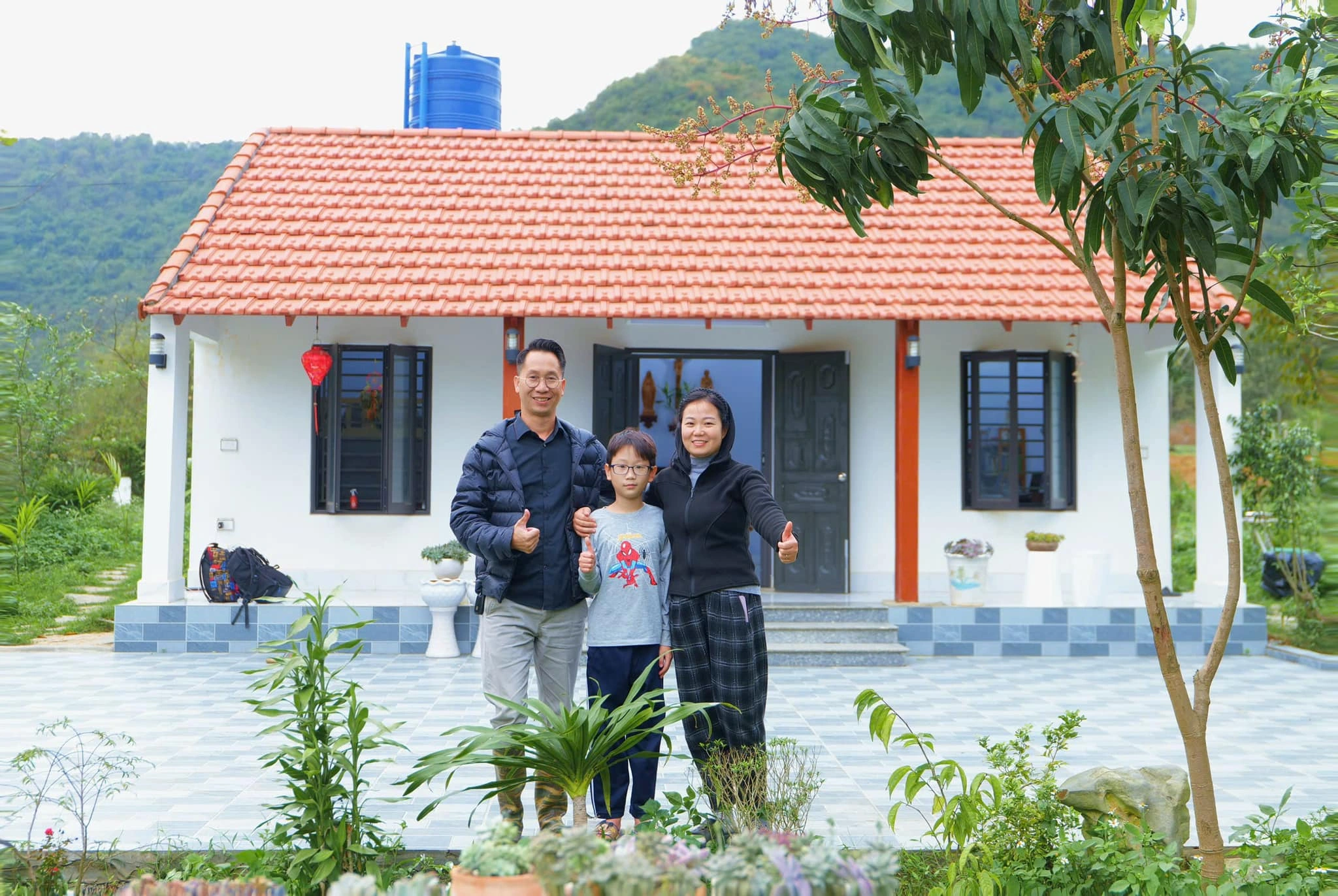

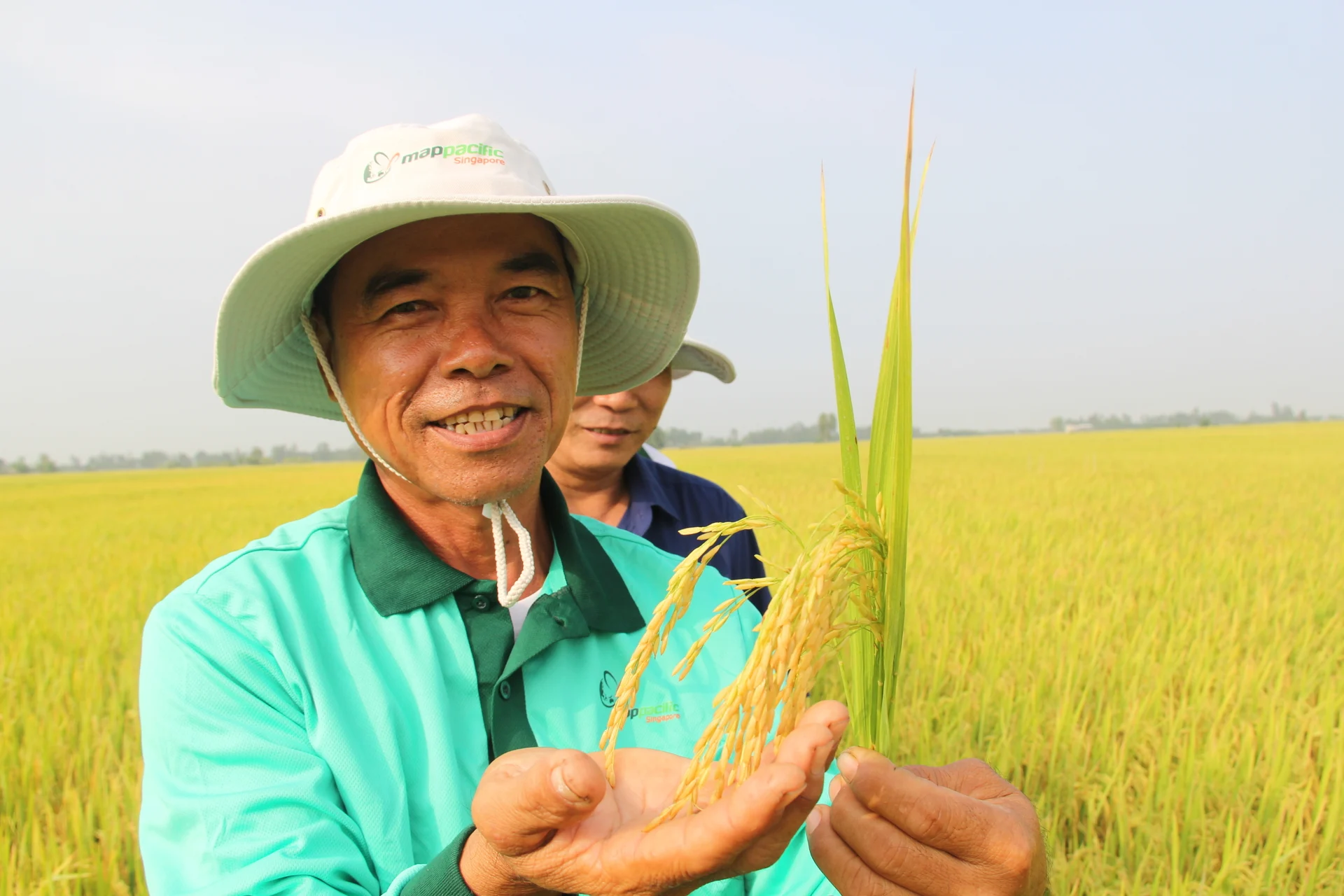

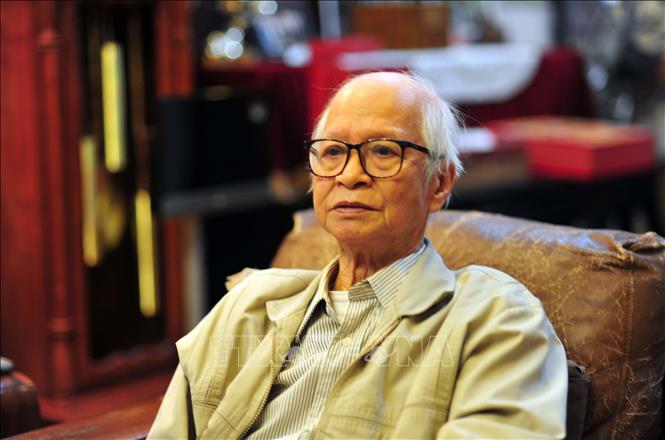




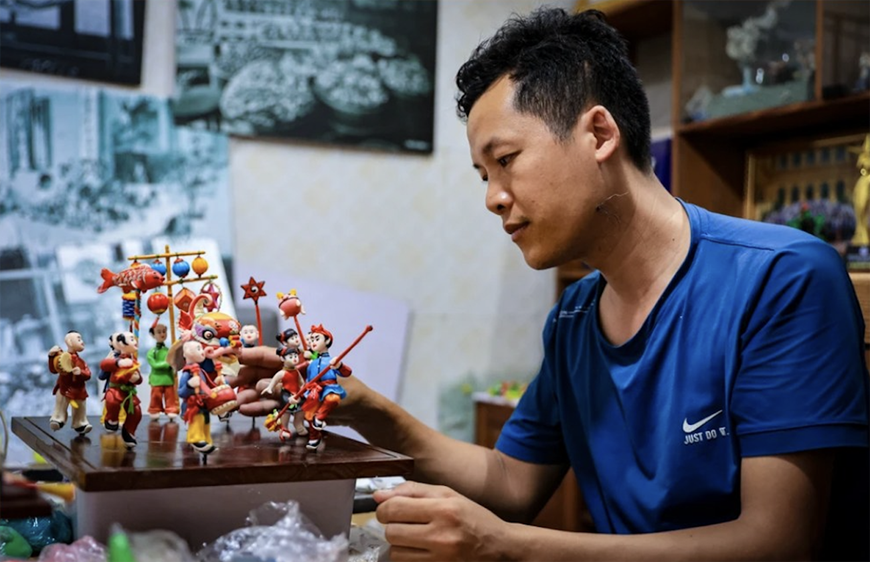









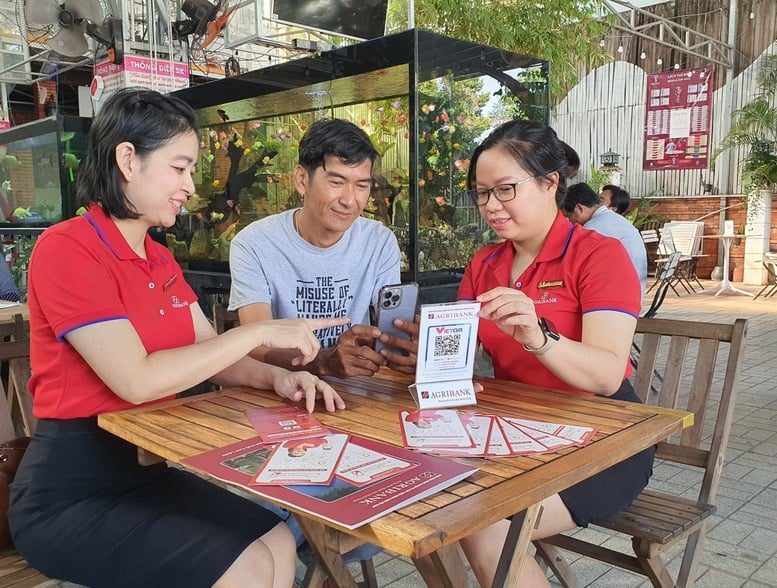




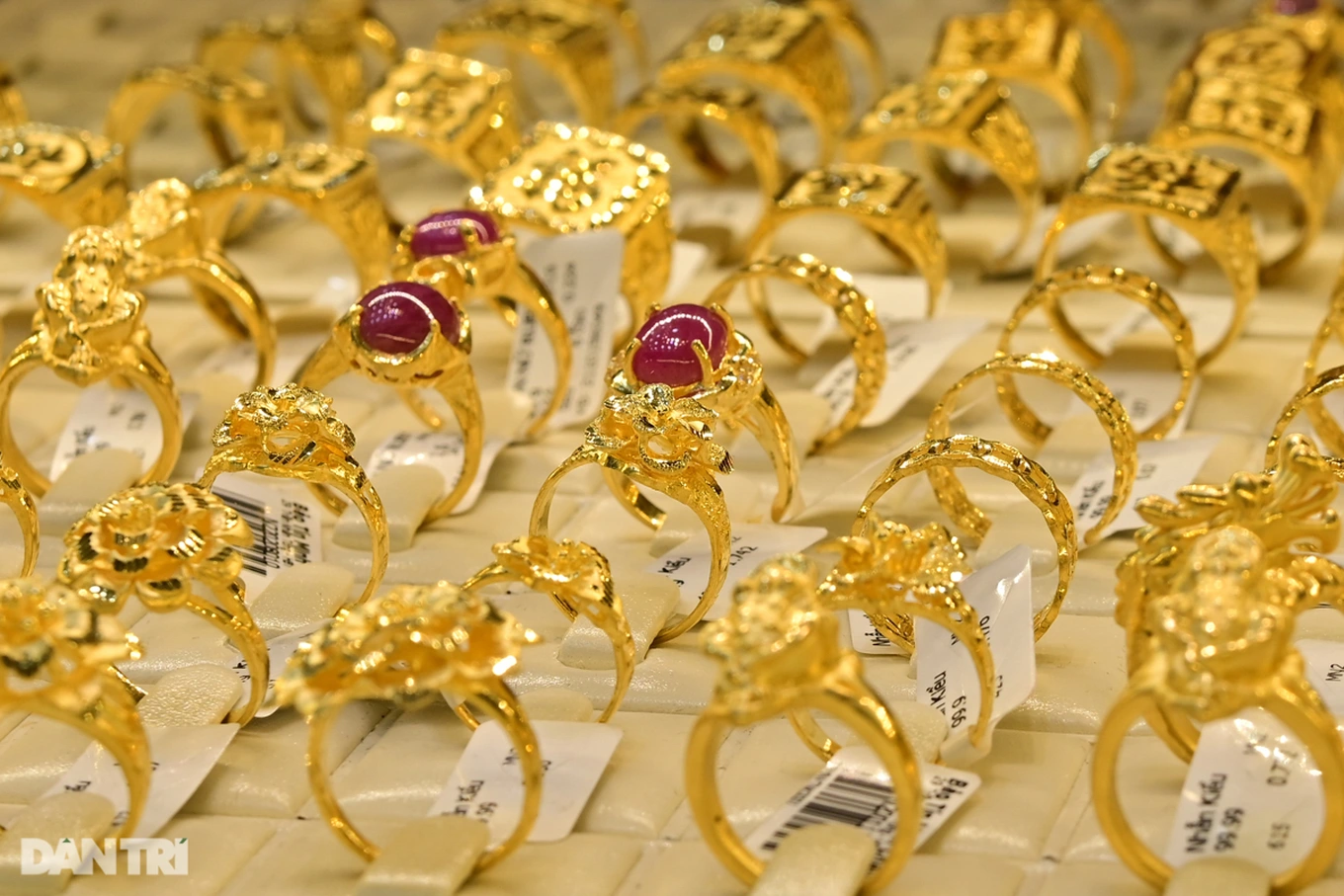

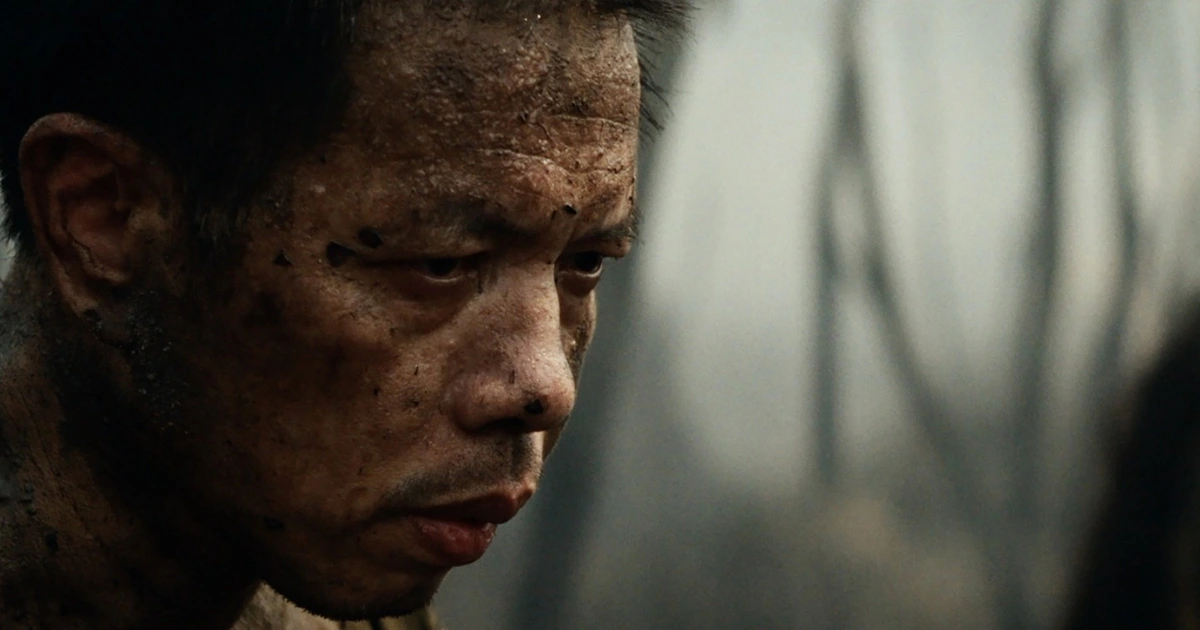








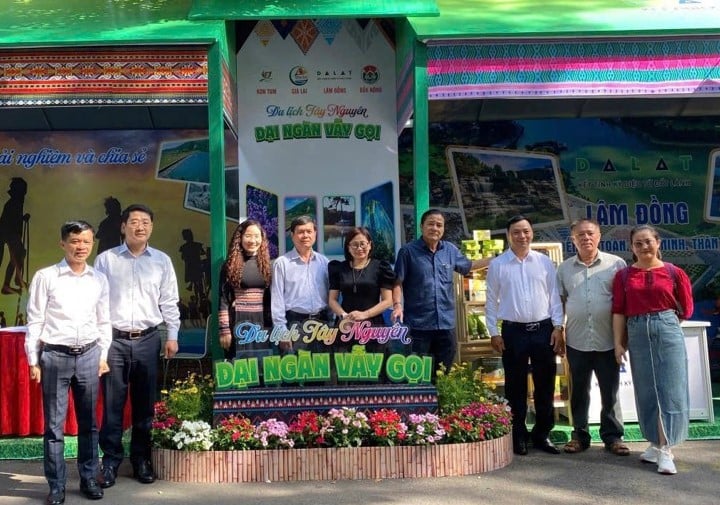

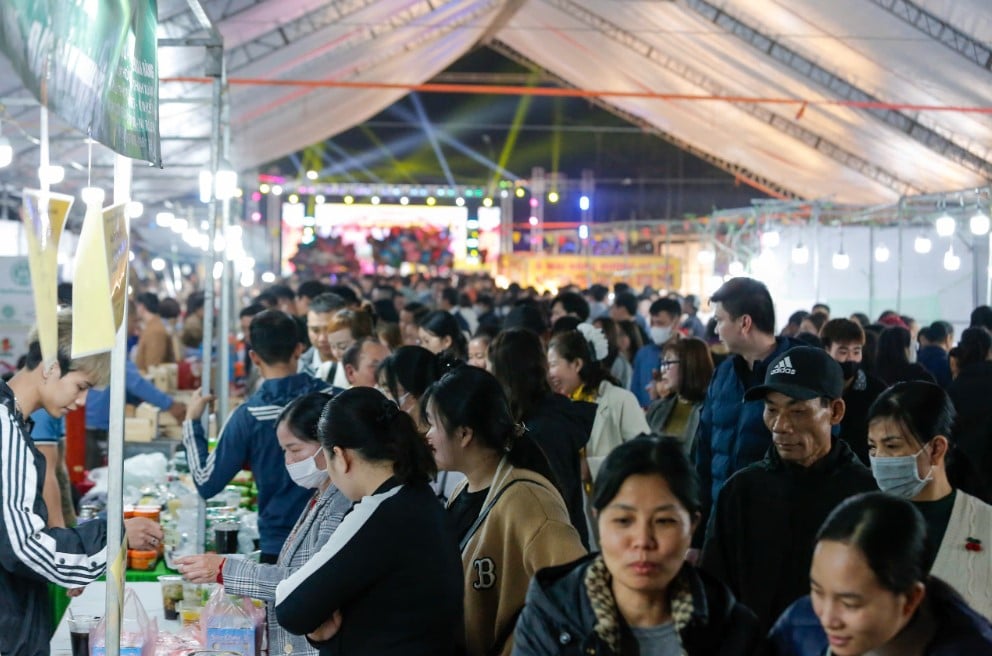
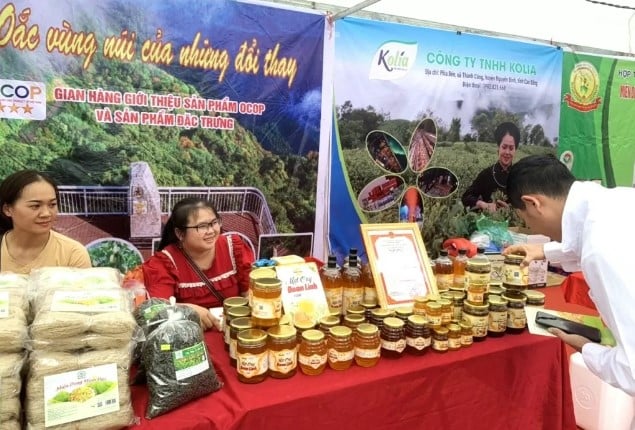

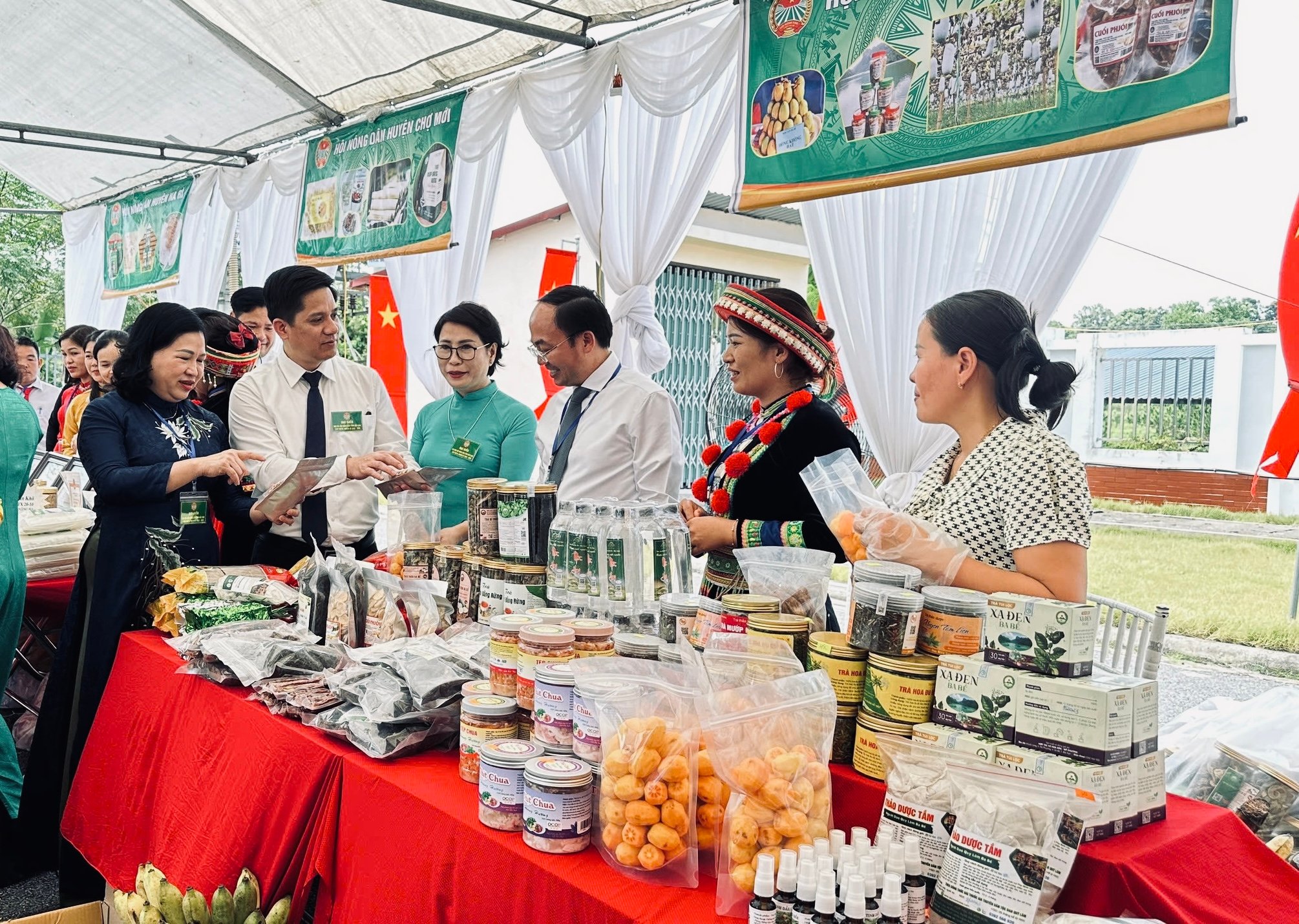
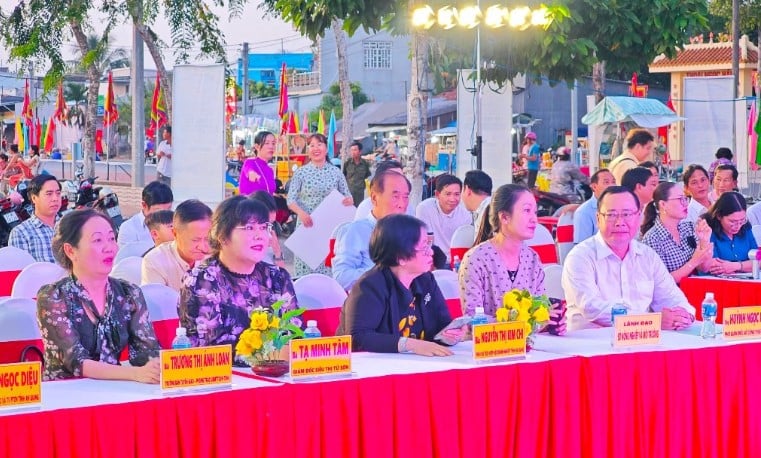

Comment (0)